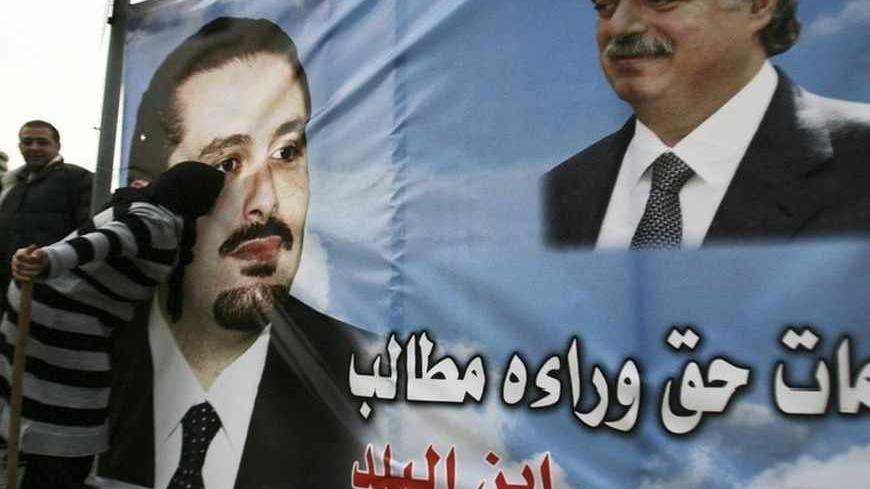The Sunni community in Lebanon now has two leaders abroad, both of whom are waiting to come back, though no one knows when that will occur. The first is Salafist Sheikh Ahmad al-Assir, who disappeared when the Lebanese army raided his security zone in the town of Abra, near the southern city of Sidon. The second is former Prime Minister Saad Hariri, who made the decision to leave the country in 2011. Many say that this was the decision of Saudi Arabia, which feared for his life should he stay in Lebanon, given the current circumstances.
This reflects the crisis gripping the Sunni community in Lebanon, following some recent developments that have highlighted the unprecedented rise of Hezbollah, which is affiliated with the Syrian-Iranian axis.



